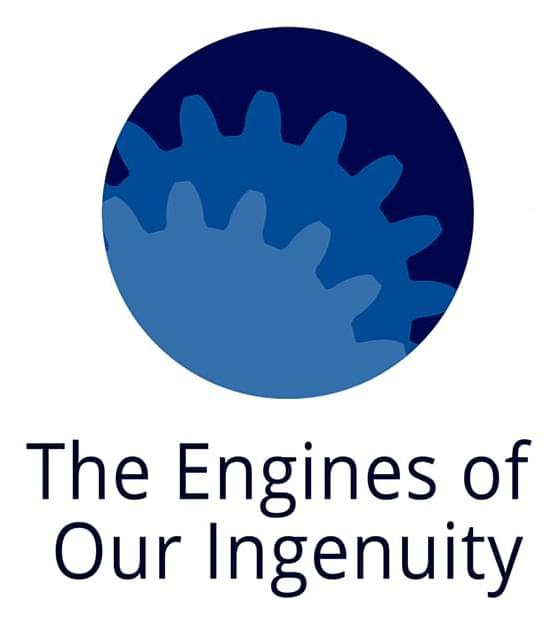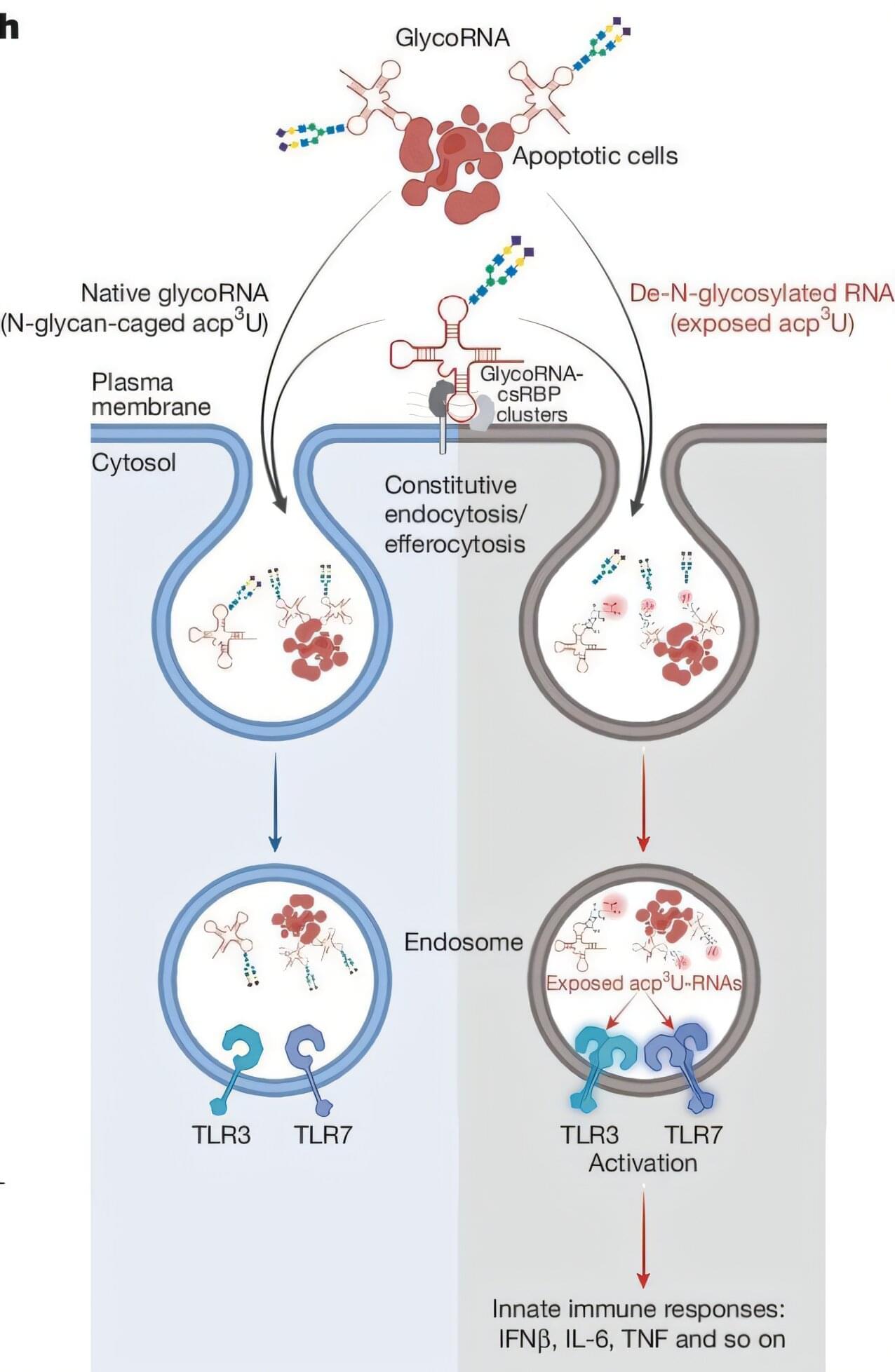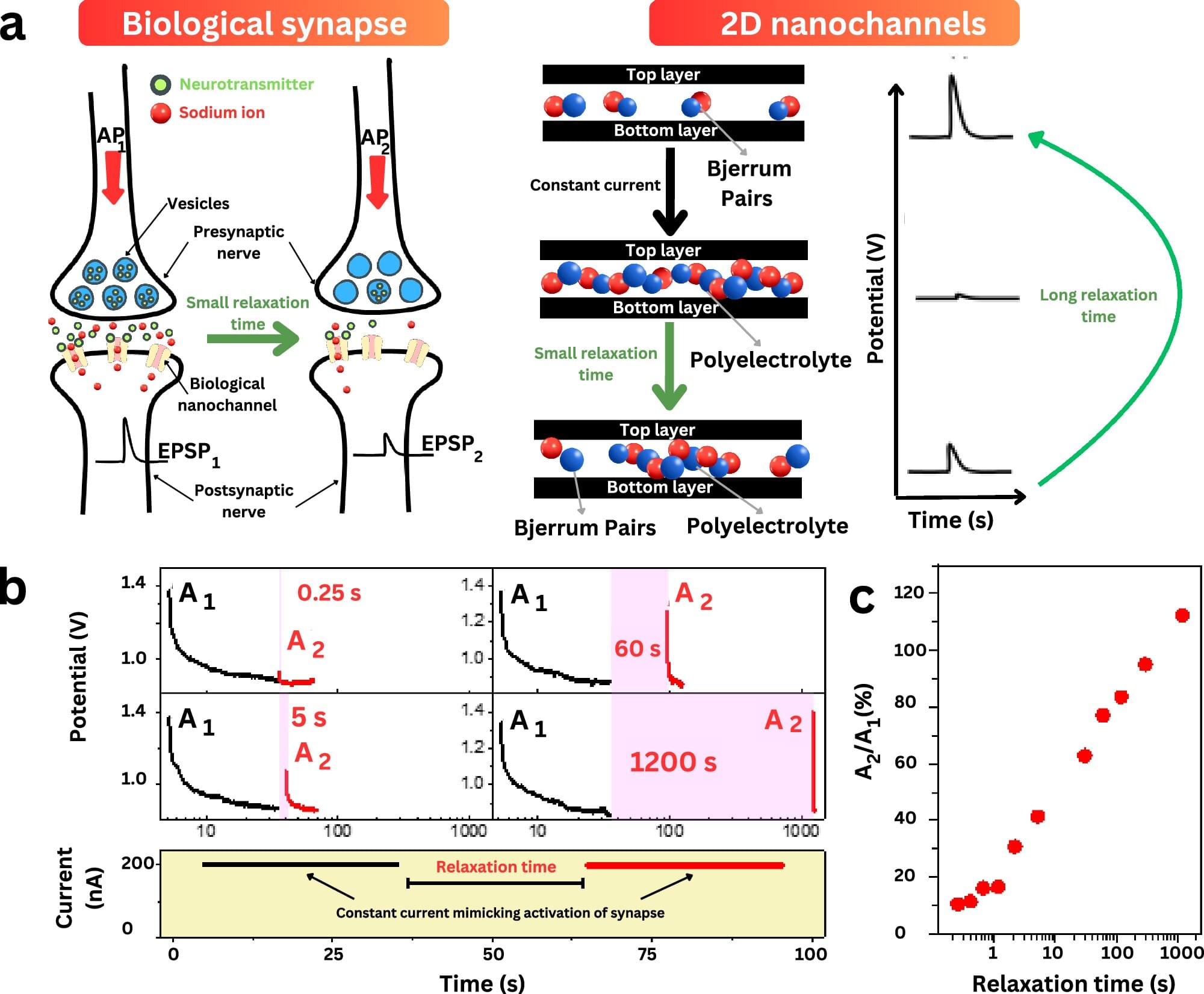Today, ancient African ingenuity gives us steel. The University of Houston’s College of Engineering presents this series about the machines that make our civilization run, and the people whose ingenuity created them.


Questions to inspire discussion.
📊 Q: How did GPT-5 perform compared to GPT-4? A: GPT-5 was narrowly ahead of GPT-4 in artificial analysis, but GPT-4 was significantly better in “humanity’s last exam” and RKGI2, which measures tasks relatively easy for humans but hard for AIs.
🌐 Q: What is the key architectural improvement in GPT-5? A: GPT-5 has a multimodal architecture that can self-select the underlying model for a task, providing a simple, clean interface without users needing to understand technical details.
AI industry growth and economic impact.
💰 Q: How much is being invested in the AI industry annually? A: The AI industry is experiencing astronomical growth, with hundreds of billions of dollars being deployed annually, and a projected trillion dollars in the next 5 years on data centers and AI infrastructure.
📈 Q: Are there already economic returns on AI investments? A: Economic returns on AI investments are already evident, with companies like Meta and Microsoft reporting significant revenue growth and productivity gains.


That looming reality is pushing NASA to gradually make on-orbit medical care more “Earth-independent.” One early experiment is a proof-of-concept AI medical assistant the agency is building with Google. The tool, called Crew Medical Officer Digital Assistant (CMO-DA), is designed to help astronauts diagnose and treat symptoms when no doctor is available or communications to Earth are blacked out.
The multimodal tool, which includes speech, text, and images, runs inside Google Cloud’s Vertex AI environment.
The project is operating under a fixed-price Google Public Sector subscription agreement, which includes the cost for cloud services, the application development infrastructure, and model training, David Cruley, customer engineer at Google’s Public Sector business unit, told TechCrunch. NASA owns the source code to the app and has helped fine-tune the models. The Google Vertex AI platform provides access to models from Google and other third parties.

To our immune system, naked RNA is a sign of a viral or bacterial invasion and must be attacked. But our own cells also have RNA. To ward off trouble, our cells clothe their RNA in sugars, Vijay Rathinam and colleagues at the UConn School of Medicine and Ryan Flynn at Boston Children’s Hospital report in Nature.
Ribonucleic acid (RNA) is a family of large biological molecules fundamental to all forms of life, including viruses, bacteria, and animals. Viruses as diverse as measles, influenza, SARS-CoV-2, and rabies all have RNA, which is why the immune system starts attacking when it sees RNA in the bloodstream or in other inappropriate locations. But our own cells have RNA as well, sometimes displaying it on their surface, plain for roaming immune cells to see—and yet the immune system ignores it.
“Recognizing RNA as a sign of infection is problematic, as every single cell in our body has RNA,” says UConn School of Medicine immunologist Vijay Rathinam. The question is, how does our immune system distinguish our own RNA from that of dangerous invaders?

As artificial intelligence (AI) systems attain greater autonomy and complex environmental interactions, they begin to exhibit behavioral anomalies that, by analogy, resemble psychopathologies observed in humans. This paper introduces Psychopathia Machinalis: a conceptual framework for a preliminary synthetic nosology within machine psychology, intended to categorize and interpret such maladaptive AI behaviors.

Quantum computers have the potential to solve problems far beyond the reach of today’s fastest supercomputers. But today’s machines are notoriously fragile. The quantum bits, or “qubits,” that store and process information are easily disrupted by their environment, leading to errors that quickly accumulate.
One of the most promising approaches to overcoming this challenge is topological quantum computing, which aims to protect quantum information by encoding it in the geometric properties of exotic particles called anyons. These particles, predicted to exist in certain two-dimensional materials, are expected to be far more resistant to noise and interference than conventional qubits.
“Among the leading candidates for building such a computer are Ising anyons, which are already being intensely investigated in condensed matter labs due to their potential realization in exotic systems like the fractional quantum Hall state and topological superconductors,” said Aaron Lauda, professor of mathematics, physics and astronomy at the USC Dornsife College of Letters, Arts and Sciences and the study’s senior author.

Researchers at The University of Manchester’s National Graphene Institute have developed a new class of programmable nanofluidic memristors that mimic the memory functions of the human brain, paving the way for next-generation neuromorphic computing.
In a study published in Nature Communications, scientists from the National Graphene Institute, Photon Science Institute and the Department of Physics and Astronomy have demonstrated how two-dimensional (2D) nanochannels can be tuned to exhibit all four theoretically predicted types of memristive behavior, something never before achieved in a single device.
This study not only reveals new insights into ionic memory mechanisms but also has the potential to enable emerging applications in low-power ionic logic, neuromorphic components, and adaptive chemical sensing.

What if scientists could use the peculiar world of quantum mechanics to design solutions once thought impossible — changing how we build, heal, and communicate?
At Lawrence Livermore National Laboratory, researchers are developing quantum systems that could help us do just that. These machines think differently, tapping into the strange rules of quantum mechanics to simulate atomic interactions, unlock new materials, and reveal hidden patterns in nature. In this episode, we’ll explore how quantum computers work, why they need to be colder than deep space, and what it will take to bring their full potential to life.
(This is an Apple Podcast)
Podcast Episode · Big Ideas Lab · 06/03/2025 · 21m.
Questions to inspire discussion.
🛑 Q: How does the Robo Taxi handle blocked routes? A: The Robo Taxi demonstrates impressive rerouting capabilities, finding new paths when exits are blocked and making right-hand turns to circumvent blocked left-hand turn lanes.
🚦 Q: How does the Robo Taxi adapt to traffic situations? A: It shows human-like behavior by slowing down dramatically to enter the right-hand lane when a slower vehicle is ahead, and can accelerate and speed up to overtake slower vehicles.
💧 Q: How does the Robo Taxi handle standing water? A: The Robo Taxi demonstrates adaptability by avoiding standing water in parking lots, performing three-point turns to navigate around obstacles.
🔄 Q: How flexible is the Robo Taxi in changing its driving approach? A: It shows impressive adaptability by altering its method to slow down when encountering slower vehicles and changing again to make right-hand turns around blocked left-hand turn lanes.
Technical Considerations.